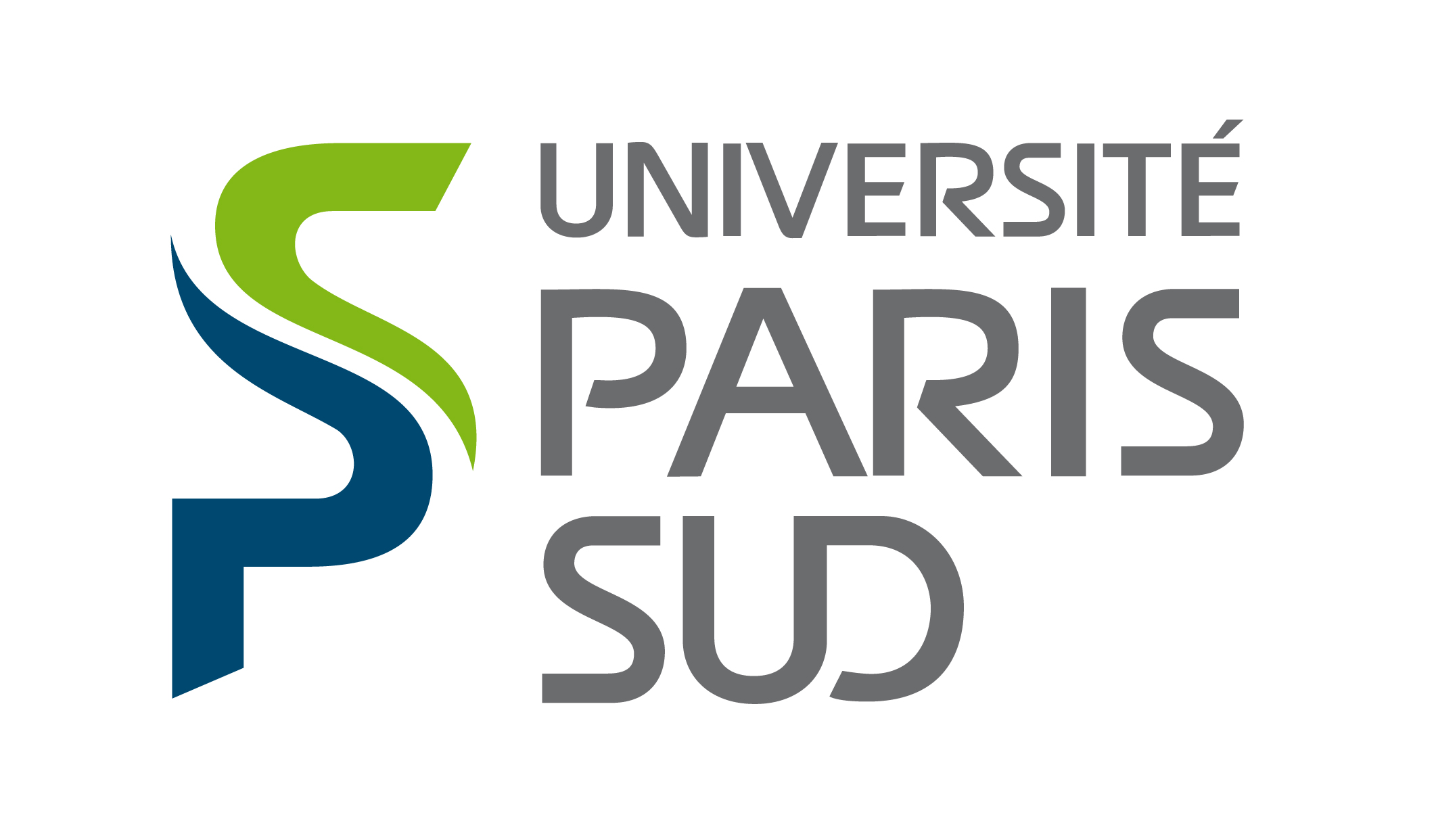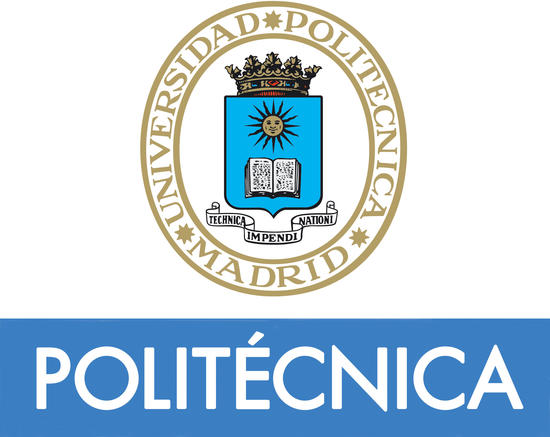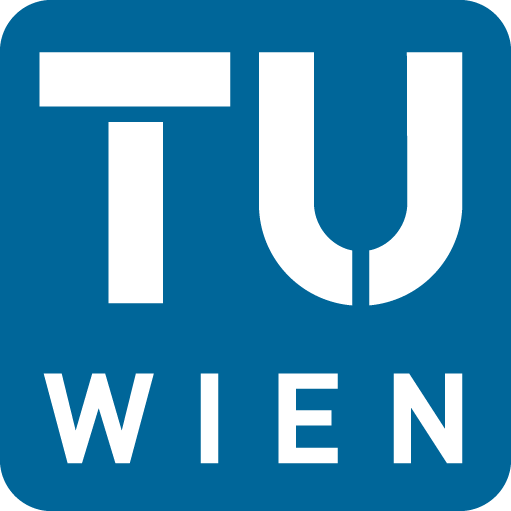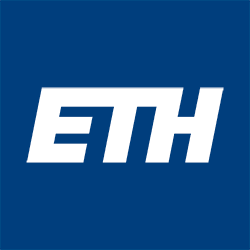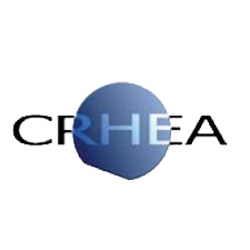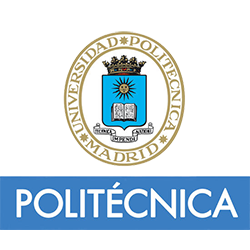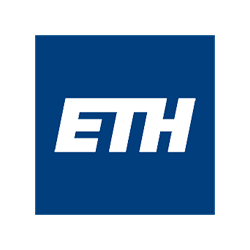OVERVIEW
Project name: Zinc Oxide For TeraHertz Cascade Devices
Acronym: ZOTERAC
Duration: 4 years.
Start date: 1-9-2015
Project coordinator: Centre National de la Recherche Scientifique (France)
Project participants: Université Paris Sud (France), Universidad Politécnica de Madrid (Spain), Technische Universität Wien (Austria), Eidgenoessische Technische Hochschule Zürich (Switzerland).
Project reference: 665107
Why Zoterac?
The terahertz (THz) spectral region, located between the infrared and the microwave regions, is known as “the THz gap” because of the lack of compact semiconductor devices. This spectral domain is currently intensively explored in view of its potential for medical diagnostics, security screening, trace molecule sensing, astronomical detection, space-borne imaging, non-invasive quality control or wireless communications. A prerequisite for public-domain applications to emerge in the strategic THz frequency range is the availability of compact size semiconductor sources operating at room temperature, which is out of range of the current technology based on GaAs quantum cascade lasers.
What is Zoterac?
ZOTERAC is a project funded by the European Commission's HORIZON 2020 programme which proposes a disruptive approach based on ZnO-based nano-engineered semiconductors in order to realize THz emitters operating at room-temperature with milliWatt output power capability as well as THz quantum detectors with unprecedented large operating temperatures. These devices are based on the quantum cascade concept and take benefit of the large optical phonon energy of ZnO (twice that of GaAs) for achieving high temperature operation.
Benefits of Zoterac
Establishing a new state-of-the-art for the design, growth and processing of ZnO/ZnMgO heterostructures, and developing an advanced know-how on oxide-based devices are major challenges of the project. The consortium regroups world–class academic experts on ZnO technologies, quantum cascade lasers and detectors as well as THz optoelectronics. The strategies have been chosen based on a careful assessment of the risk attached to all tasks and achievement of targeted objectives at each stage of the project. This project which implies a strong expertize in basic physics, chemistry and engineering, is expected to generate high impacts in terms of scientific and technological achievements.

Work Packages
WP1 - Modelling and design
WP Leader: ETHZ
Participants: UPSud-IEF, TU Wien
The purpose of this package is to develop and use computer models that will be applied to the ZnO material and to the devices based on it in order to optimize the design and performance of the devices in ZOTERAC. Feedback from WP4 will be used in this WP.
WP2 - Growth and Material Characterization
WP leader: CNRS-CRHEA
Participants: UPM-ISOM
This WP focuses on the growth of the ZnO-based structures of ZOTERAC, with input from WP1 and feedback to/from WP3 and WP4. The grown structures will be characterized structurally, optically and electronically.
WP3 - Technology Development and Device Fabrication
WP leader: TU Wien
Participants: UPSud-IEF, UPM-ISOM
The goal of WP3 is to develop the technological process techniques necessary to fabricate the ZnO-based devices of ZOTERAC, and to fabricate the final devices.
WP4 - Physical and Device Characterization
WP leader: UPSud-IEF
Participants: UPM-ISOM, TU Wien, ETHZ
WP4 is focused on the characterization of the materials and devices of ZOTERAC. The basic material parameters necessary for the simulation will be found and feedback will be provided to WP1.
WP5 - Project communication, dissemination and exploitation of results
WP leader: UPM-ISOM
Participants: all beneficiaries
The communication with the broader community is the goal of this WP, which focuses on the dissemination and exploitation of ZOTERAC’s results.
WP6 - Work plan coordination and project management
WP leader: CNRS-CRHEA
Participants: all beneficiaries
WP6 will coordinate the smooth implementation of ZOTERAC’s workplan.



